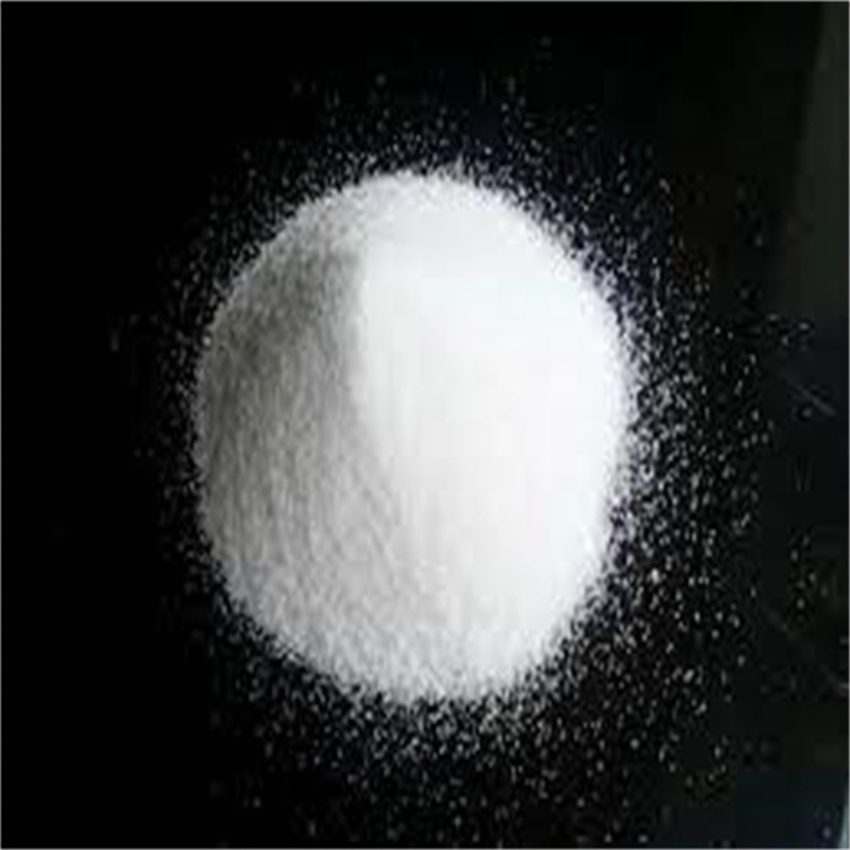
Privacy statement: Your privacy is very important to Us. Our company promises not to disclose your personal information to any external company with out your explicit permission.
"Silicon" is one of the most abundant materials on our planet. Since the discovery of the semiconductor properties of crystalline silicon in the 19th century, scientists have changed almost everything, even human thinking. At the end of the 20th century, the role and role of "silicon" can be seen everywhere in our lives. Crystalline silicon solar cells have been around for 15 years. The formation of industrialization is the fastest. The production process can be roughly divided into five steps: a, purification process b, draw bar process c, slicing process d, battery process e, and packaging process.
A solar cell made by crystalline silicon is one of the most common types of solar cells used today. Crystalline silicon is a material that is widely available and has excellent electrical properties, making it ideal for solar cell production.
There are two main types of crystalline silicon solar cells: monocrystalline and polycrystalline. Monocrystalline silicon solar cells are made from a single crystal structure, while polycrystalline silicon solar cells are made from multiple crystal structures.
The manufacturing process for crystalline silicon solar cells involves several steps. First, the silicon material is purified to remove any impurities that could affect the performance of the solar cell. Then, the purified silicon is melted and shaped into ingots or blocks.
The ingots or blocks are then sliced into thin wafers using a diamond saw. These wafers are typically around 200 micrometers thick. The wafers are then textured to increase their surface area, which helps to improve light absorption.
Next, the wafers are treated with dopants to create the p-n junction, which is the essential component of a solar cell. This p-n junction creates an electric field that separates the positive and negative charges generated by sunlight.
After the p-n junction is created, a layer of anti-reflective coating is applied to the surface of the solar cell. This coating helps to reduce the amount of light that is reflected away from the cell, increasing its overall efficiency.
Finally, metal contacts are added to the front and back of the solar cell to collect the generated electricity and transfer it to an external circuit.
Crystalline silicon solar cells have high efficiency levels, typically ranging from 15% to 25%. They are also known for their long lifespan and durability, making them a popular choice for residential and commercial solar installations.
However, crystalline silicon solar cells can be relatively expensive to produce compared to other types of solar cells, such as thin-film solar cells. Additionally, their rigid structure makes them less flexible and adaptable to various applications.
Overall, solar cells made by crystalline silicon are a reliable and efficient option for harnessing solar energy and converting it into electricity.

Anticorrosion Pigments, Inkjet Receptive Coating, Matting Agent
November 05, 2024
February 02, 2024
February 02, 2024
Mail an Lieferanten
November 05, 2024
February 02, 2024
February 02, 2024

Privacy statement: Your privacy is very important to Us. Our company promises not to disclose your personal information to any external company with out your explicit permission.

Fill in more information so that we can get in touch with you faster
Privacy statement: Your privacy is very important to Us. Our company promises not to disclose your personal information to any external company with out your explicit permission.